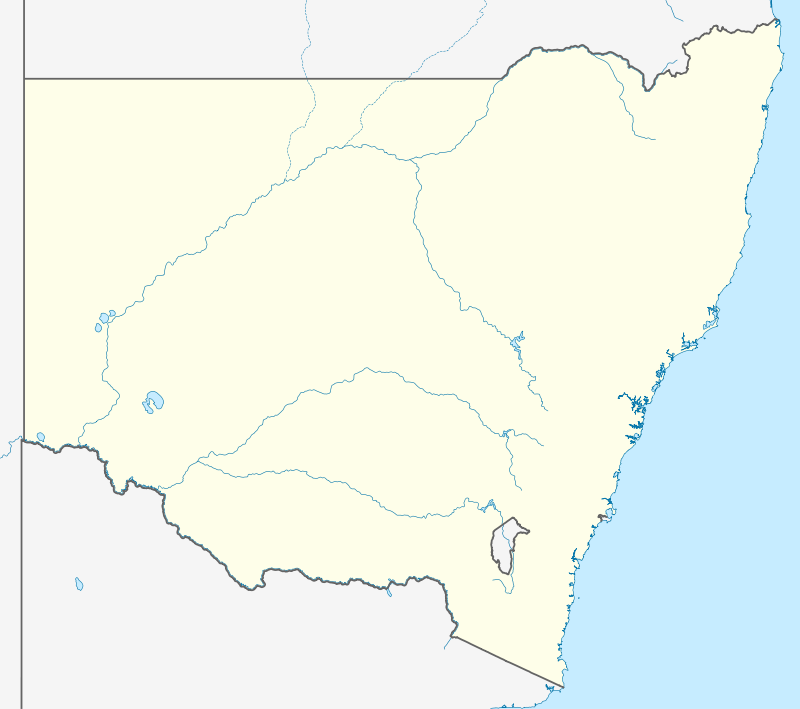Wombeyan Caves
The Wombeyan Caves are caves that have formed in marble, in the Wombeyan Karst Conservation Reserve, New South Wales, Australia. Wombeyan Caves is a tourist attraction and local holiday area, as well as a reserve for endangered species, such as several species of wallaby, bird, possum, and wombat.
| Wombeyan Karst Conservation Reserve New South Wales | |
|---|---|
 Fig Tree Cave interior | |
 Wombeyan Karst Conservation Reserve | |
| Nearest town or city | Taralga |
| Coordinates | 34°19′S 149°59′E |
| Population | 57 (2016 census)[1] |
| • Density | 10.04/km2 (25.99/sq mi) |
| Established | December 1997 |
| Area | 5.68 km2 (2.2 sq mi) |
| Managing authorities | New South Wales National Parks and Wildlife Service |
| Website | Wombeyan Karst Conservation Reserve |
Location
It is located within the Southern Highlands about 77 km (48 mi) north of Goulburn. Access is by the Wombeyan Caves Road from either Mittagong in the east or from the Goulburn-Oberon Road in the west. The caves reserve is located towards the western end of the Wombeyan Caves Road. The part of the Wombeyan Caves Road east of the reserve is very rough and has many curves and narrow stretches as it descends down to Wollondilly River and then up very rugged mountains. Some of the views are spectacular.
Facilities
The area was protected as a reserve in 1865.[2] The main site includes several camping grounds, a kiosk, a public phone, a kitchen, and other public facilities. A ranger station is also positioned near the camping site; the rangers serve to collect camping fees from visitors, prevent unsafe human-wildlife association, protect local flora and fauna, and investigate any queries or complaints.
Sites in the area
Caves found in this reserve include the Victoria Arch, one of the most popular due to its proximity to the camping grounds, and Fig Tree Cave, shown in the adjacent picture. Other caves include Junction, Wollondilly, Mulwaree and Kooringa caves. Several NSW caving groups run regular trips to Wombeyan Caves, these are official caving groups that obtain permits for various cave related expeditions.
Other interesting sites are the creek, the waterfall and the various smaller caves found while traversing the extensive forest in the area.
Fauna
The conservation area is a reserve for endangered species, such as several species of wallaby, bird, possum, and wombat. While strict rules are in place concerning human-wildlife interaction, local fauna are growing increasingly tame. Several species of birds, mainly magpies and Indian mynahs, often come into direct contact with people, sometimes less than a foot away, and demanding food while campers are eating. Also, the numerous kangaroo mobs are becoming increasingly trustful, and come within mere metres of campsites with no apparent trepidation. While this is much to the delight of human spectators, concerns are held for the long-term well-being of the local wildlife.
References
| Wikimedia Commons has media related to Wombeyan Caves. |
- Australian Bureau of Statistics (27 June 2017). "Wombeyan Caves". 2016 Census QuickStats. Retrieved 31 July 2017.

- Office of Environment and Heritage (2018). "Wombeyan Karst Conservation Reserve". NSW National Parks and Wildlife Service. NSW Government. Retrieved 24 July 2018.
External links
- Sydney Speleological Society (One of several caving clubs who visit the Wombeyan Caves reserve)